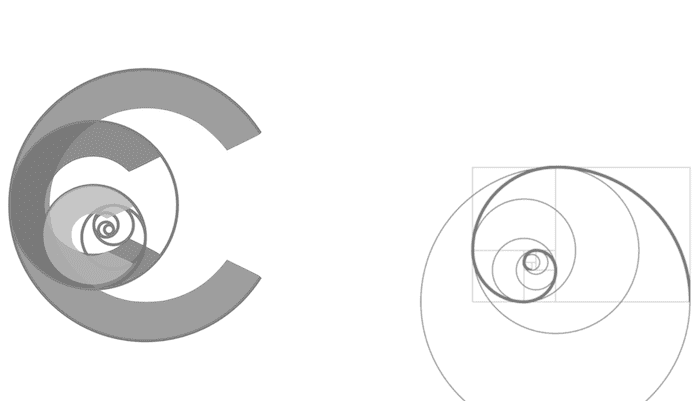Hypernatraemia CCC
- CCC – Hypernatraemia
- CCC – Hypernatraemia Mind map (PDF)
Cause of HYPERnatraemia
- Water loss in excess of salt deficit
- Hypernatremia is usually due to insufficient water (primarily in patients who either do not experience thirst normally, or cannot act on it)
- Hypernatraemia occurs less commonly associated with excess salt
- Each litre of free water loss associated with 3-5mEq rise in sodium
- Problem associated with rise in serum osmolarity
Decreased water intake (with normal fluid loss)
- Disordered thirst perception (Normally increase of 2% osmolarity associated with increase in thirst) e.g. hypothalamic lesion
- Lack of environmental water
- Inability to communicate water needs e.g. Coma, CVA, Intubated patients and Kids
Hypotonic fluid loss (Water loss in excess of salt loss)
- Skin:
- Sweat in hot climate or exercise (Heat stroke, Heat exhaustion)
- Burns
- GI disturbances (especially with salt replacement)
- Vomit, diarrhoea, fistula
- Renal disease Impaired renal concentrating ability
- Diabetes Insipidus
- Central, Nephrogenic or Drugs (alcohol, phenytoin, lithium, colchicine, Amphotericin, gentamicin)
- Osmotic diuresis
- CRF, mannitol, Hyperglycaemia, hypokalaemia
- Renal disease
- Nephropathy, myeloma, TIN, obstructive uropathy, PKD
- Diabetes Insipidus
Increased salt
- Acute salt poisoning
- Ingestion of seawater or salt tablets, IV NaHCO3, hypertonic saline
- Increased mineralocorticoid
- Primary hyperaldosteronism (Increased BP, decreased K, and alkalosis)
- Increased glucocorticoid (Cushings)
- Ectopic ACTH
Clinical
- HYPERnatremic dehydration
- Increased serum osmolality, draws water into vascular space
- Free water shift form interstitial to vascular space
- Deceptively normal vital signs
- Associated with brain cellular dehydration
- Symptoms worsen if change in Na is rapid
- Increased risk of intracerebral haemorrhage secondary to rapid brain shrinkage
- Chronic hypernatremia has milder symptoms with adaptation
Clinical Signs/Symptoms
Signs manifest changes in serum osmolality. Brain shrinkage secondary to free water loss
- >350 Excessive thirst
- >375 Weakness and lethargy. Irritability
- >400 Ataxia, tremor
- >420 Focal neurological deficit; Hyperreflexia and Spasticity
- >430 Coma and seizures
Correction
- Stop ongoing losses
- Correct water deficit
- Correct sodium deficit if hypovolaemic
- Treat the underlying cause
Complications of treatment
- Intracerebral haemorrhage (especially in neonates: complication of NaHCO3 administration)
- Coma and seizures
- Cerebral oedema (if correction too rapid)
Calculation
Calculate Water deficit
Total body water x (serum Na-140)/ (140)
- TBW is usually 50% in males and 40% in females
- So male with Na of 160 has free water deficit of (0.5 x 70) x 20/140 = 5 Litres
- Aim to replace deficit plus maintenance and ongoing losses
- Replace with oral free water or 5% dextrose over 24-48 hours
- Rapid correction possible in acute cases
- Slow correction in chronic cases to avoid cerebral oedema
Correct Na slowly over 24-48 hours with a reduction of Na of 0.5-1.0mmol/hour (Maximum of 10-15 mEq in 24 hours)

Critical Care
Compendium
